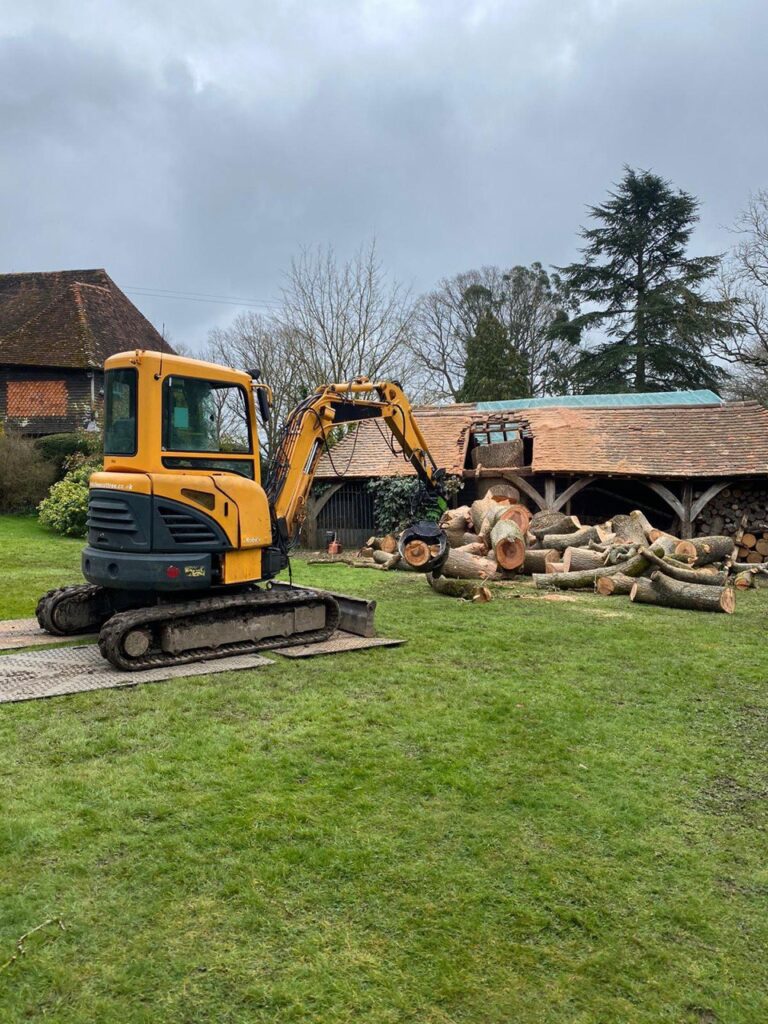How to Deal with Diseases and Pests in Hedges Through Cutting
Introduction: Hedges are a staple of British gardens, providing structure, privacy, and aesthetic appeal. However, like all plants, hedges can fall victim to diseases and pests, threatening their health and beauty. For homeowners in Wroxham, understanding how to manage these issues through strategic cutting can make all the difference. This blog post will guide you through effective methods to deal with diseases and pests in your hedges, ensuring they remain lush and vibrant.
Identifying Common Hedge Diseases and Pests
Before tackling diseases and pests, it’s crucial to identify them correctly. Here are some common issues that affect hedges in the UK:
- Box Blight: This fungal disease affects boxwood hedges, causing leaves to turn brown and fall off, leaving bare patches.
- Powdery Mildew: This fungal disease affects various types of hedges and is characterised by a white, powdery coating on leaves.
- Aphids: These small, sap-sucking insects can cause leaves to curl and turn yellow, stunting the growth of your hedges.
- Scale Insects: These pests attach themselves to stems and leaves, secreting honeydew that leads to sooty mould.
- Spider Mites are tiny, spider-like pests that feed on plant sap, causing leaves to become speckled and discoloured.
Strategies for Cutting to Manage Diseases
- Regular Inspections: Frequently inspect your hedges for early signs of disease. Early detection allows for prompt action, reducing the spread and impact of the disease.
- Remove Infected Branches: At the first sign of disease, cut away the infected branches. Use clean, sharp tools to make clean cuts and prevent further damage. Dispose of the diseased material properly, away from healthy plants, to prevent the disease from spreading.
- Thinning: Improve air circulation within the hedge by thinning out dense areas. This reduces humidity levels, which can help prevent fungal diseases like powdery mildew. Thin out the interior branches carefully, ensuring that sunlight and air can penetrate through the hedge.
- Hygiene Practices: Always disinfect your cutting tools before and after use to prevent transferring diseases between plants. A solution of bleach and water can be effective for sterilising tools.
- Timing: Perform disease management cuts during dry weather to reduce the risk of spreading fungal spores. Avoid cutting during wet conditions, as this can exacerbate the spread of diseases.
Strategies for Cutting to Manage Pests
- Prune Affected Areas: Similar to disease management, promptly prune away any branches infested with pests. This helps to remove the source of the infestation and prevent it from spreading to other parts of the hedge.
- Encourage Natural Predators: Promote a healthy garden ecosystem by encouraging natural predators such as ladybirds and predatory mites, which can help control pest populations. Avoid using broad-spectrum insecticides that can harm these beneficial insects.
- Clean Cuts: Make sure your cuts are clean and precise to minimise stress on the plant. Jagged cuts can leave your hedge vulnerable to further pest invasions and secondary infections.
- Regular Maintenance: Regularly trimming your hedges can disrupt pests’ life cycles. By keeping your hedges well-maintained, you reduce the likelihood of severe infestations taking hold.
Preventative Measures
- Healthy Soil: Ensure your hedges are planted in healthy, well-draining soil. Healthy plants are more resistant to diseases and pests.
- Proper Watering: Avoid overwatering your hedges, as this can create conditions favourable for fungal diseases—water at the base of the plants to keep foliage dry.
- Fertilisation: Feed your hedges with appropriate fertilisers to promote strong, healthy growth. Well-nourished plants are better equipped to fend off diseases and pests.
- Mulching: Apply mulch around the base of your hedges to retain moisture, regulate soil temperature, and suppress weeds. Be sure to keep the mulch away from the stems to prevent fungal issues.
Conclusion: Managing diseases and pests in hedges through strategic cutting is an essential part of maintaining a healthy and beautiful garden. By regularly inspecting your hedges, promptly removing affected areas, and following best practices for pruning and maintenance, you can keep your hedges in top condition.
Call us on: 01603 361 093
Click here to find out more about Wroxham Tree Surgeons
Click here to complete our contact form and see how we can help you with your tree’s needs.

